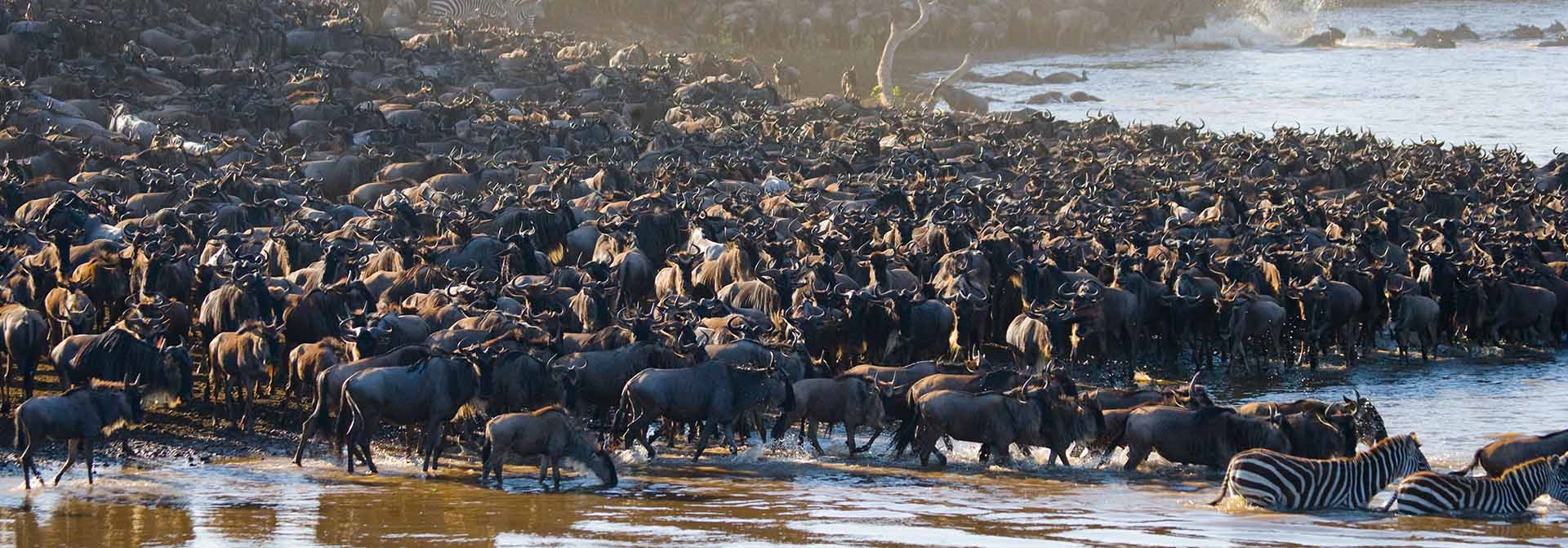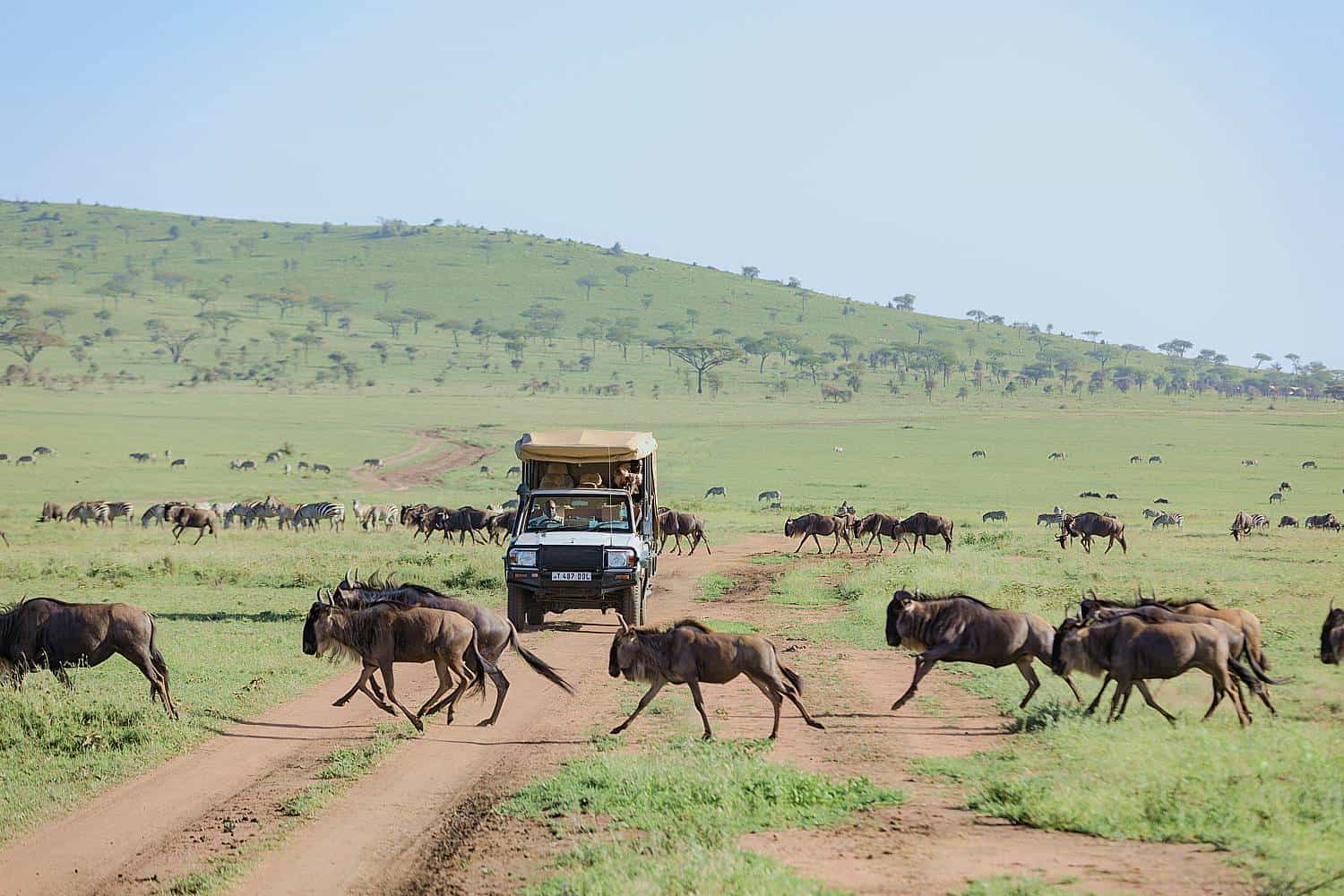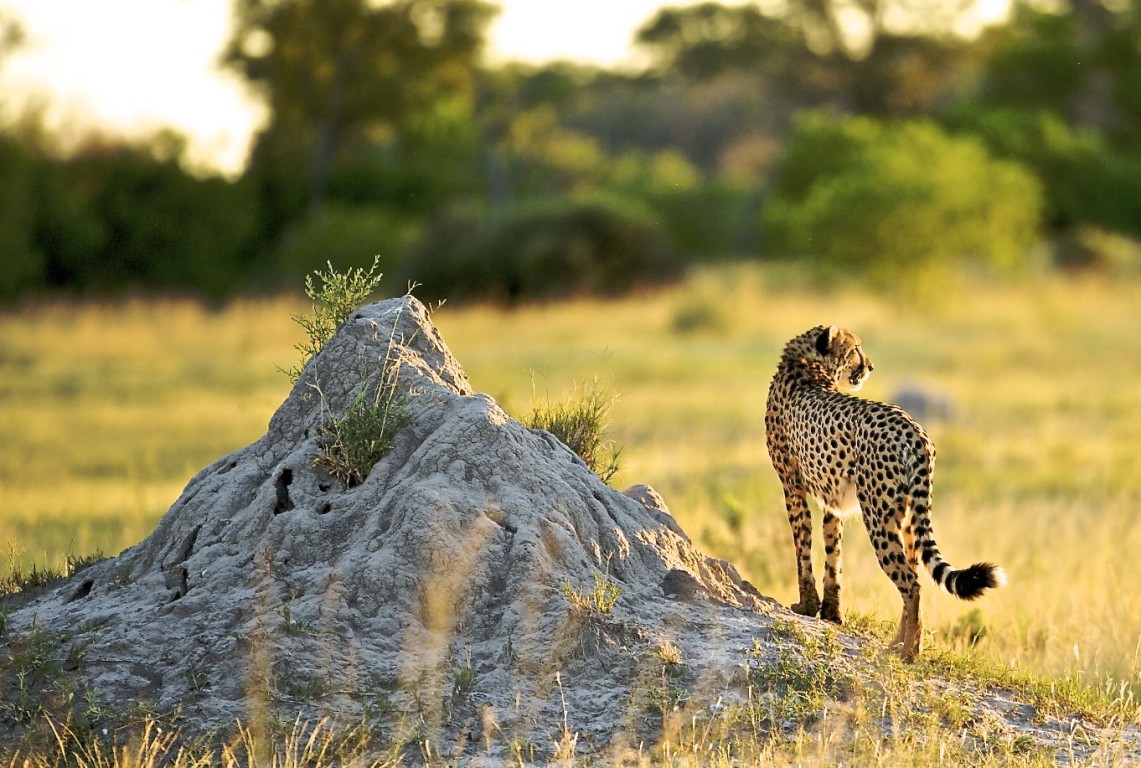Best time to Visit Serengeti Park
You can trust us to provide the best programs,expert guides, and competitive pricing. Your unforgettable journey starts here!
Start Planning Today
Best time to Visit Serengeti Park
The Serengeti National Park in Tanzania is a wildlife enthusiast’s paradise, offering some of the most spectacular wildlife viewing opportunities in the world. Understanding the best time to visit the Serengeti is crucial for maximizing your chances of witnessing iconic events such as the Great Migration and experiencing optimal weather conditions for safari adventures.
1. Great Migration: One of the Serengeti’s most extraordinary spectacles is the Great Migration, where millions of wildebeest, zebras, and other herbivores embark on a circular journey in search of fresh grazing lands. The best time to witness this awe-inspiring event in the Serengeti is generally from late June to September when the herds cross the Mara River, facing formidable predators like crocodiles and lions.

2. Dry Season (June to October): The dry season in the Serengeti, spanning from June to October, is considered the peak safari season. During this time, the vegetation thins out, water sources become scarce, and wildlife congregates around permanent water sources, making it easier to spot animals during game drives. The weather is generally dry and sunny, with cooler temperatures in the mornings and evenings.
3. Wildebeest Calving Season (January to March): Another remarkable time to visit the Serengeti is during the wildebeest calving season, typically from January to March. This period sees hundreds of thousands of wildebeest giving birth on the southern plains of the Serengeti, attracting predators like lions, cheetahs, and hyenas in large numbers. It’s a prime opportunity to witness the circle of life in action.

4. Green Season (November to May): While the wet season, also known as the green season, from November to May, may not be as popular as the dry season, it offers its own unique advantages. The landscape transforms into a lush green paradise, dotted with colorful wildflowers, and the birdlife flourishes. Additionally, this time of year often sees fewer tourists and lower accommodation rates.
5. Bird Watching: Birdwatchers will find the Serengeti captivating year-round, but the green season, particularly from November to April, is exceptional for birdwatching. Migratory birds flock to the park during this time, adding to the already impressive resident bird population. Bird enthusiasts can spot a diverse array of species, including raptors, waterfowl, and colorful songbirds.
6. Photography Opportunities: The Serengeti offers incredible photography opportunities throughout the year, but the lighting conditions and landscapes vary depending on the season. During the dry season, the golden hues of the savannah contrast beautifully with the clear blue skies, while the green season provides lush backgrounds and dramatic storm clouds, ideal for capturing stunning wildlife and landscape shots.
7. Crowd Levels: Crowd levels in the Serengeti fluctuate throughout the year, with the dry season being the busiest due to its favorable weather and prime wildlife viewing opportunities, especially around popular areas like the Seronera region and the northern Serengeti. The green season, on the other hand, typically sees fewer tourists, allowing for a more intimate safari experience and greater flexibility in exploring the park.

8. Weather Considerations: When planning your visit to the Serengeti, it’s essential to consider the weather patterns to ensure a comfortable and enjoyable experience. The dry season offers pleasant temperatures during the day, ranging from 70°F to 80°F (21°C to 27°C), with cooler evenings. In contrast, the wet season brings occasional rainfall and higher humidity levels, but temperatures remain relatively mild.
9. Migration Patterns: Understanding the migratory patterns of wildlife in the Serengeti is key to maximizing your safari experience. The movements of the Great Migration are influenced by rainfall and the availability of grazing lands, so it’s essential to research current migration updates and consult with knowledgeable guides to determine the best locations for witnessing this natural phenomenon during your visit.
10. Personal Preferences: Ultimately, the best time to visit the Serengeti depends on your personal preferences, interests, and priorities. Whether you’re eager to witness the Great Migration, capture stunning photographs, or enjoy a quieter safari experience away from the crowds, there’s a perfect time for everyone to visit this iconic national park in Tanzania. By considering factors such as wildlife movements, weather conditions, and seasonal highlights, you can plan a Serengeti safari that exceeds your expectations and creates lasting memories.
